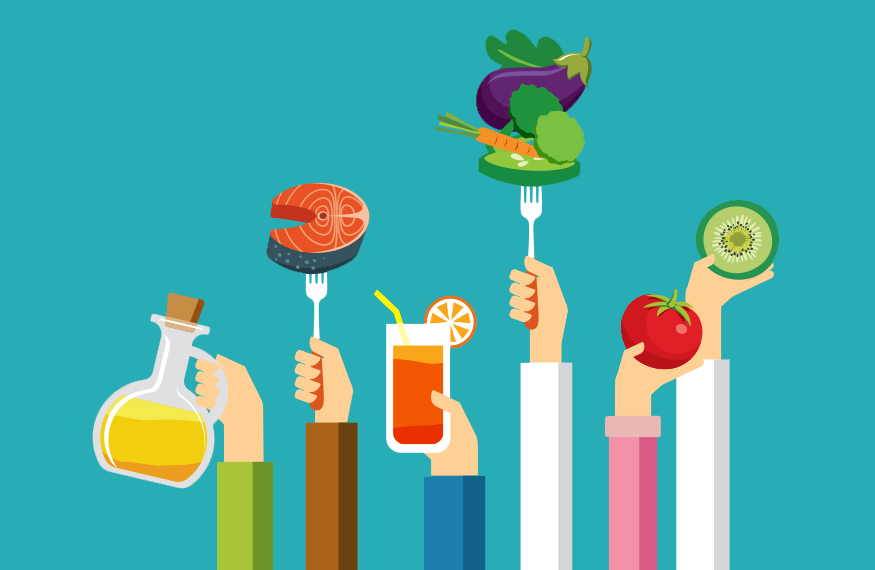5 Useful Tips to Reduce Waste
Clay Dykstra, general manager of the locally-owned Good Earth Natural Foods in Spearfish, is passionate about using food wisely and offered some tips and common sense guidelines to keep food out of the landfill.
Cook your own meals, he said, experiment with food and have fun. “Effort in it means you’ll use the leftovers more wisely. Not only is it a time saver to eat leftovers, it’s also a money saver because you’re not cooking for just tonight, but tomorrow’s lunch.”
Clay said much of the nation’s food waste is at the retail level, but he added, everyone could greatly impact how much food is thrown away if they follow a few guidelines.
For instance, prepare your own food because you’ll be much less likely to waste what you’ve spent your time and energy on.
Freeze what you won’t eat within the next day or two so you have fresh, safe leftovers in two weeks rather than food that has been sitting in the refrigerator too long.
Parents, Clay said, need to be aware of their child’s portion size. “If I give my child too much he’ll only eat half of what’s on his plate,” he said. “My idea of a small portion is different than his.”
He also suggests using clear glass containers for storage so you can remember what you’ve stored and be more likely to eat it in the future.
Clay said people can be a bit squeamish as food ages – but rest assured, he said, a little mold on bread or cheese can be removed safely and even sour milk can be used in some recipes.
“I would highly recommend people try (sour milk recipes),” Clay said. “The worst thing that can happen is you’ll have a pancake you don’t like. The best thing that can happen is you won’t waste some milk.”
What do you know about food safety?
Myth #1
It’s ok to thaw meat on the counter. Since it starts out frozen, bacteria isn’t really a problem.
Fact
Bacteria can grow surprisingly rapidly at room temperatures, so the counter is never a place you should thaw frozen foods.
Myth #2
When cleaning my kitchen, using more bleach kills more bacteria, so it’s safer for my family.
Fact
There is no advantage to using more bleach than needed. To clean kitchen surfaces effectively, use just one teaspoon of liquid, unscented bleach to one quart of water.
Myth #3
The only reason to let food sit after it’s been microwaved is to make sure you don’t burn yourself on food that’s too hot.
Fact
Letting microwaved food sit for a few minutes longer (“standing time”) helps your food cook more completely by allowing colder areas of food time to absorb heat from hotter areas of food.
Myth #4
I don’t need to wash fruits or vegetables if I’m going to peel them.
Fact
Because it’s easy to transfer bacteria from the peel or rind when cutting to the inside of your fruits and veggies, it’s important to wash all of your produce.
Myth #5
If I really want my produce to be safe to eat, I should wash fruits and veggies with soap or detergent before I use them.
Fact
It’s best not to use soaps or detergents on produce, since these products can linger on foods and are not safe for consumption. Using clean running water is actually the best way to remove bacteria and wash produce safely.
Source: foodsafety.gov

